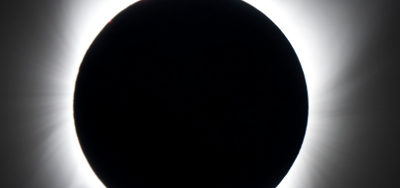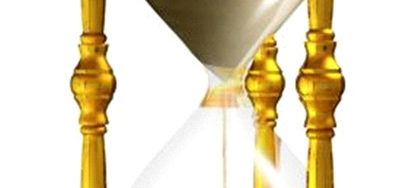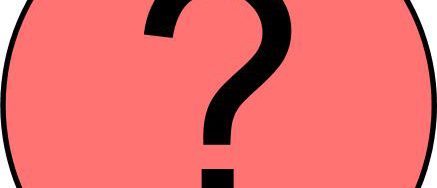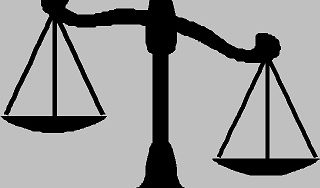This is being written in August 2017, on the eve of the Great American Eclipse. In this post I want to talk about what this event means, and how we can learn from it.
Whatever else an eclipse is, it is a point of intense focus. The zodiac degree of the eclipse itself is highly charged, energized. Eclipses also connote covering and uncovering, hidden things being brought to light, facades being pierced and shaken up. It is as if the Gods are using a big flaming pointer and saying, Pay Attention at this point!
The part of the world where the eclipse reaches its greatest totality is considered to be the focus of its action, where it is most intensely felt. The United States is the central focus of the track of this eclipse, since it passes pretty much through the heartland of the county.
The United States is a focus of the eclipse in another way – the zodiac location of the eclipse is at around 28 Leo, which is pretty much dead on the ascendant of Donald Trump, our current President. So Trump, and America, are what the Gods are pointing to here.
This is very apt, since it reflects the media’s total obsessive focus on the man – all conversations lead back to Donald Trump, and you can’t have the radio on for more than 5 minutes before he becomes the focus of attention. Trump is Galactic Center, and the entire rest of the known universe revolves around him.
It is common practice in mundane astrology to have the king or leader of a country be the symbolic representative of the country itself – so, for instance, Pope Francis effectively is a symbol of the Roman Catholic Church as a whole, and his natal chart, and the chart of his election as Pope, are a very good mirror of the state of the church today. Francis IS the church today.
In this eclipse, Donald Trump IS the United States.
![By Dhruvnv (Own work) [CC BY-SA 4.0 (http://creativecommons.org/licenses/by-sa/4.0)], via Wikimedia Commons](https://studentofastrology.com/wp-content/uploads/2017/08/Roaring_Lion_by_Dhruv-crop.jpg)
Trump is a symbol for everything our country stands for today. The more I consider this, the more I think Donald Trump is a damned near perfect symbol for the acting values that drive the United States – not the values we pay lip service to, but the values that actually drive our government and our economy, the powers that be. The state of our country now is the logical result of the values embodied by Trump.
Donald Trump is a very wealthy business man – money, and the power and attention that money buys, is his highest value.
In this post I want to examine just what it means to make money your highest god, and look at the ways America reflects that. I think this is what the Gods want us to consider and learn from here.
Continue reading “American God”



![By Dhruvnv (Own work) [CC BY-SA 4.0 (http://creativecommons.org/licenses/by-sa/4.0)], via Wikimedia Commons](https://studentofastrology.com/wp-content/uploads/2017/08/Roaring_Lion_by_Dhruv-crop.jpg)


